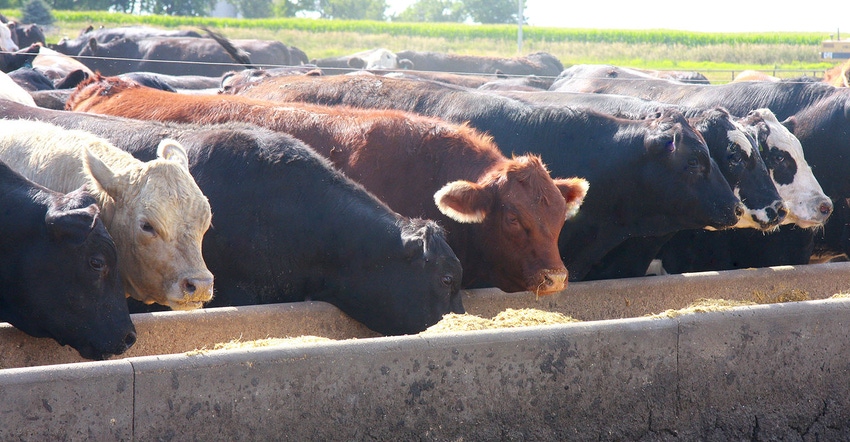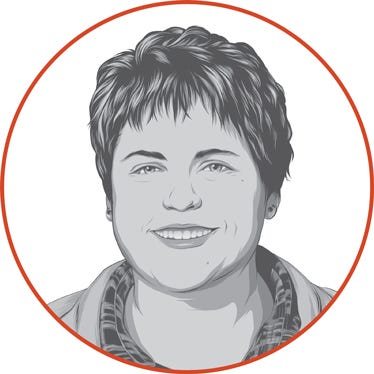
I know that not every farmer is a numbers person. It’s a lot easier to feed the cows, work in the fields, and carry on with the same routine rather than pore over data. It takes effort to sit down and analyze the business on paper. But, analyzing the numbers can be an amazing way to find out where a business is bleeding. I personally don’t do enough analysis and resolved to work on that in 2019.
It didn’t take much time looking through bills to see a big problem: We are feeding too much cattle mineral for our head-on-feed numbers.
Our target feeding rate for cattle mineral is 1/3 pound per head per day. I examined our feed bills from 2018, and calculated we fed half a pound per head, 30% more mineral than needed. If I say it quickly, it doesn’t seem like a big deal. Once I pencil out the cost of the feed, the overfeeding becomes a big deal – like, enough to buy a new feed wagon kind of deal.
I was happy to find this problem, knowing that I could solve it and better our cattle margins. The bigger issue for me was the person I needed to confront about the problem. It’s one thing to speak with a general employee, but it’s a bigger deal when that employee is my dad, who not only has been farming for over 50 years but also is the reason I even have the opportunity to farm.
After coffee one morning, I told Dad about my calculations for over-feeding. He handled it a lot better than I would have. I’m not good at receiving criticism, probably due to my perfectionist mentality. My dad, on the other hand, is very open to ideas and changing operations to achieve better results.
We discussed different options like bagged mineral, bins with weighing systems, and pricing feed at other vendors. In the end, we came up with a cheap and simple solution: LED lights on the payloader. He feeds in the dark, and LED lights will make the scale weights more visible.
Although the conversation was awkward at first, we agreed on the goal to be more accurate with feeding in 2019. It opened more dialogue about other places our business is bleeding. It was a humbling process in which we learned that every input cost must be managed well. No matter how well we think we are doing, there is always room for improvement.
Maria will be speaking on a panel of young farmers at the upcoming Farm Futures Business Summit, Jan. 24-25, 2019. Go here to learn more.
The opinions of the author are not necessarily those of Farm Futures or Farm Progress.
About the Author(s)
You May Also Like






